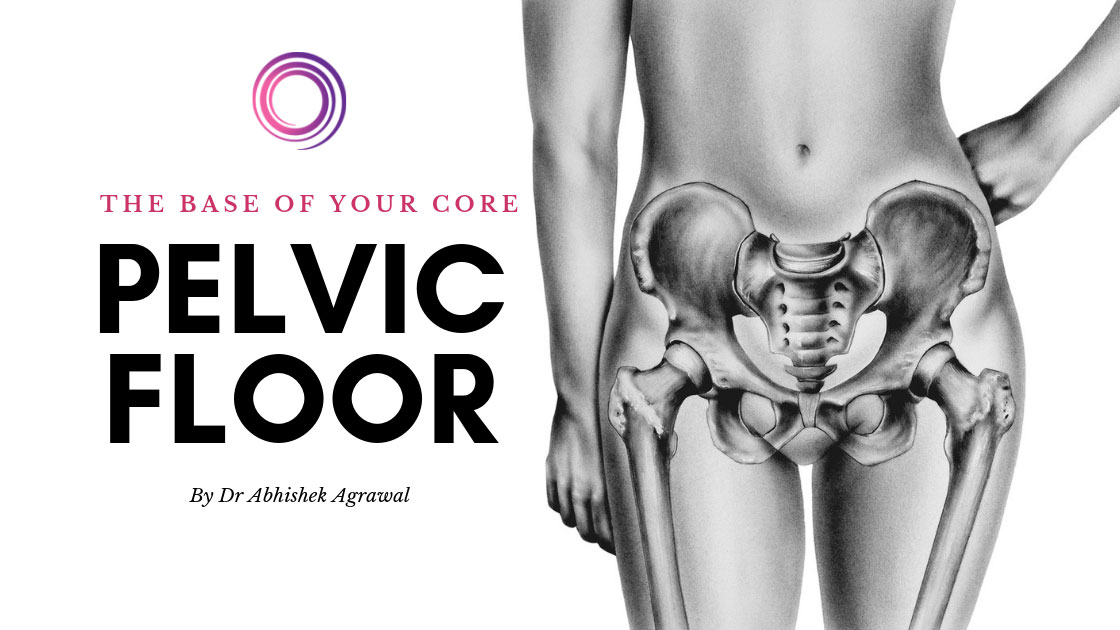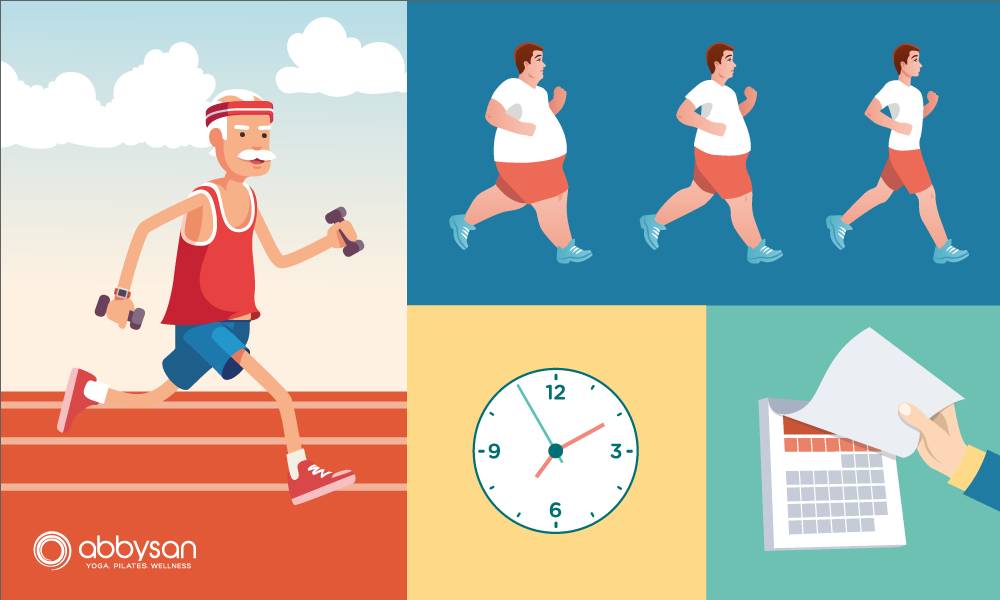Where is the best yoga in Phuket, Thailand?
To answer that question, you must first understand why you need yoga and which yoga class and style are best for your body.
So, really, you need to answer: “Where is the best yoga in Phuket Thailand, for me?”
For example, if you have chronic back pain, going to Ashtanga yoga or Vinyasa classes will only increase the symptoms. Instead, it’s recommended that you join alignment-based hatha yoga, which includes breathwork.
Where is The Best Yoga In Phuket, Thailand For Me?
Choosing the right yoga can significantly help alleviate chronic back pain, but selecting the wrong type can worsen your condition.
The key is not yoga but understanding your body’s specific needs.
Proper assessment and personalised yoga class plan are essential to address chronic back pain effectively.
At Abbysan Yoga & Wellness Center, we specialise in assessing, diagnosing, and treating back pain through customised yoga practices.
THE BREATHWORK IS YOUR LIFE SUPPORT
Back pain often results from improper handling of different body segments.
For example, most men consistently train their upper body in the gym to develop more muscular and heavier arms.
This adds extra load on the upper spine, leading to kyphosis.
This condition causes the thoracic cage to move in a way that limits breathing during rest.
Over time, the activity of the primary respiratory muscles reduces, making them weak.
Consequently, the secondary respiratory muscles assist with breathing, further straining the respiratory system.
Strengthening the primary respiratory muscles can help improve breathing efficiency and alleviate some extra load on the upper spine, potentially reducing back pain.
The Best Yoga Classes In Phuket For Chronic Back Pain
Choosing the right yoga class or style depends on your body structure, current health condition and needs, and forthcoming desires and goals.
To find the best yoga practice for you, look for a yoga studio or yoga sala in Phuket that understands how to assist you based on your posture and body type.
The most beneficial yoga classes focus on teaching proper alignment and breathing techniques rather than experimenting with unnecessary new trends.
You need personalised yoga sessions that cater to your specific needs in private or group classes.
The best yoga for you is the one you can commit to regularly or the one you can do consistently, even by yourself.
And that’s precisely what we offer.
Why choose Abbysan Yoga and Wellness Center?
At Abyssan Yoga and Wellness Center, our yoga classes are structured to improve your current posture, body movements, and overall well-being.
We will help you achieve that through:
Personalised Assessment
Class Recommendation or offer comprehensive yoga plans based on our evaluation.
Ongoing support and monitoring, adjusting plans, and teaching you self-management techniques.
We identify which body parts are overly mobile and stiff, ensuring a tailored approach to your condition.
This comprehensive diagnosis is crucial for selecting the best yoga practice for you.
We believe in empowering you to manage your back pain independently.
With our step-by-step plan, you can gradually move out of pain without needing intense workouts or advanced yoga positions.
And you will also gain more energy to do the things you’ve always put off.
The Best Yoga Class To Do In Phuket
When searching for the best yoga studio in Phuket, we often see that people follow the recommendations or at least try it to find out if it is safe, convenient, and reasonably priced.
Suppose you are suffering from a Yoga injury or are recommended by your physician to do yoga for injury or chronic pain.
In that case, you must search for the best yoga studio in Phuket that also offers private yoga, full body analysis, and movement assessments and operates with a team of experienced instructors with medical backgrounds, like here at Abbysan.
But what if you don’t have back pain?
If you’re not experiencing any back pain, that’s great!
However, it’s important to remember that yoga involves moving your body in a certain way.
Your body is quite adaptable and will always find a way to complete a task, but if you’re not aware of your default posture before starting yoga class, you might rely on your most flexible or weakest areas to perform certain moves. This could lead to unintended damage to soft tissues.
The pain sensation results from chemical reactions to an injury and nerve signals sent to the brain in response to stress.
Starting with a full body and movement analysis is wise, regardless of whether you have pain.
Consider including our 12-lesson series to help your body prepare for the best yoga experience in Phuket.
Sign up for your first Yoga Class with 50% Off.














